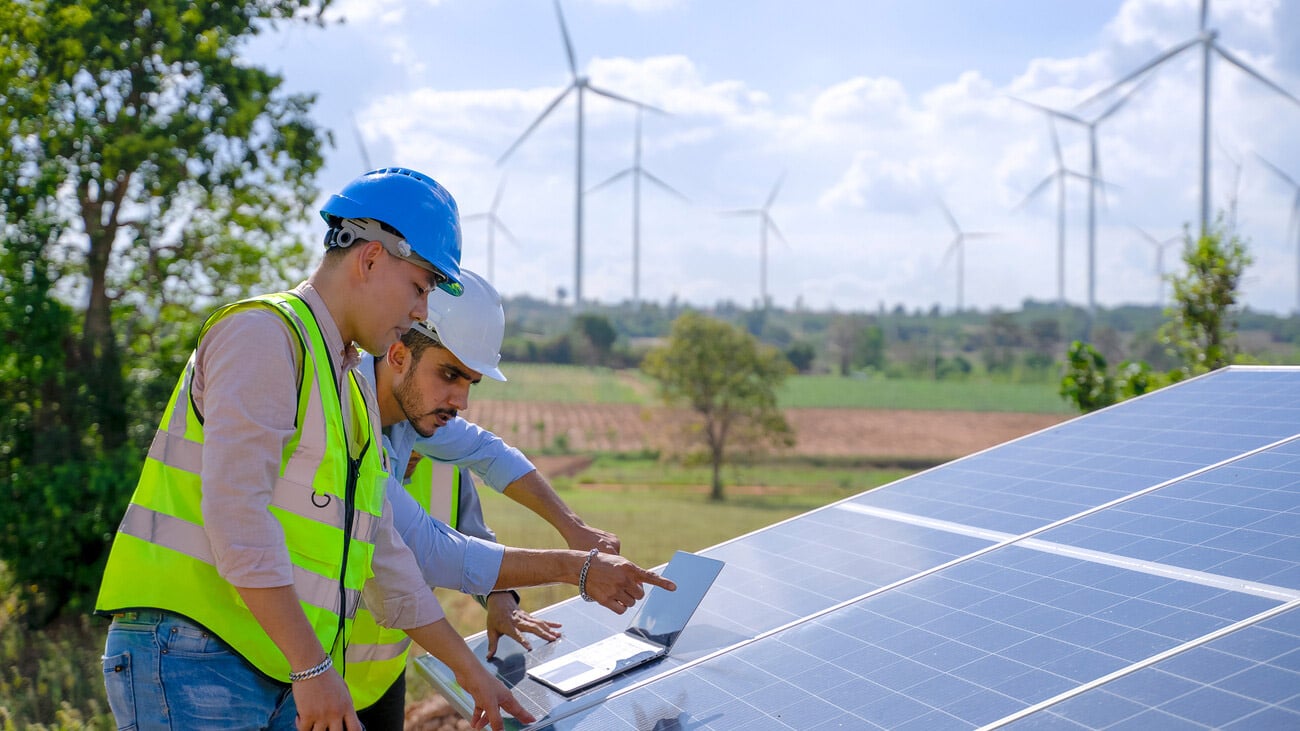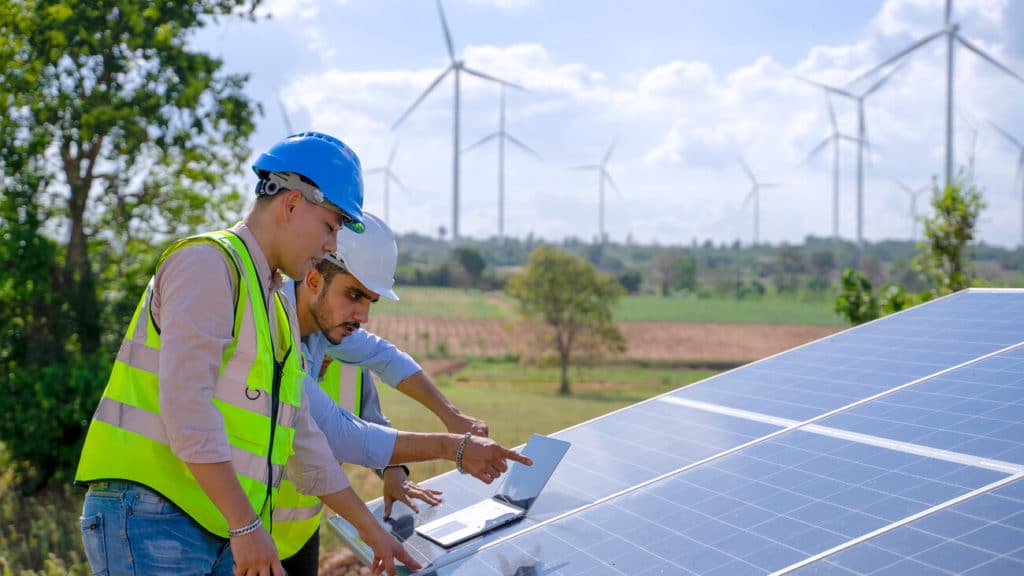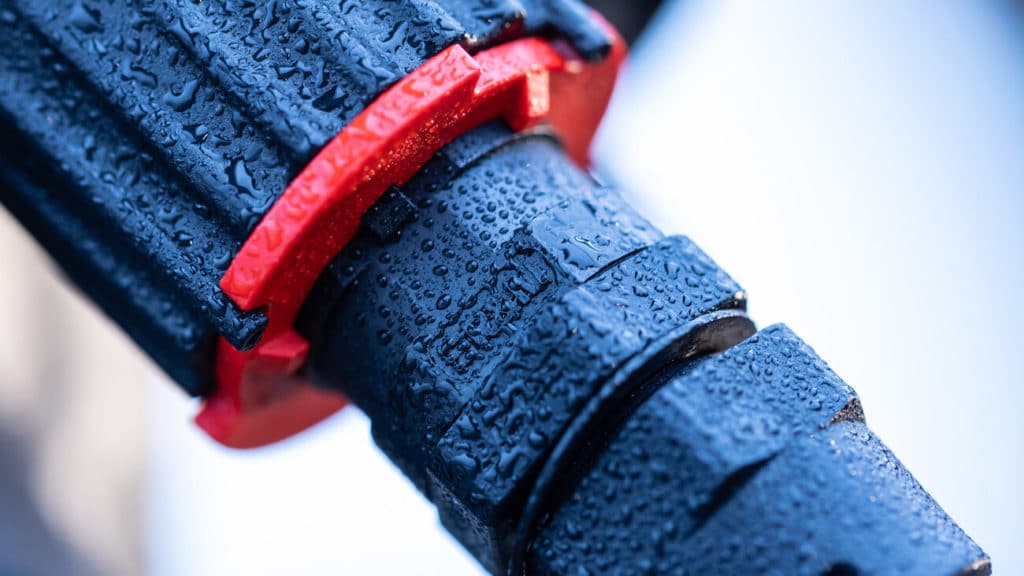Fiber Optic Connectors for Snow, Ice and Other Weather Conditions

New conditions
Sun, heat, frost, snow, rain, storm, dust, and soot … The weather is changeable and does not always make it easy for network operators. In addition, there are emissions from industry and business, which additionally impact outdoor network installations. Nevertheless, municipal utilities have been building stable grids in outdoor areas for over 100 years. Aerial deployment for current and telephone has been tried and tested, as has the underground cabling.
For decades, traditional copper cabling was sufficient for outdoor use. The IP-protected connection technology, for example, consists of circular connectors, screwed connections, and coax, or upgraded RJ45 adapters. UV-stable plastic housings and rubber seals, such as R&M’s splash products, protect the connectors from external influences. However, the era of digitalization brings with it new conditions. Now, much more bandwidth is required. And this must be available on a nationwide basis. That’s why outdoor areas are almost always all about fiber optic connections.
Modern fiber optics offers many advantages but is known to be somewhat sensitive when it comes to bending radii, professional handling and contamination. This raises the question of the stability of modern outdoor connectors.

Expanded beam connectors are not a solution
Until now, expanded beam connectors were considered a pragmatic outdoor solution, especially in broadcast or military applications. However, their attenuation values and transmission performance cannot meet all current and future wishes. Many expanded beam connectors are too thick and too heavy for new applications. And in relation to the format, they offer few transmission channels.

More performance, less space
The digital era requires more transmission power than was previously conceivable and more transmission channels in dense infrastructures. An example of use: Fiber to the Antenna (FTTA). The widely dispersed 5G antennas are connected to fiber optic networks in order to be able to transport unimaginable amounts of data in real-time.
Fiber optic connectivity at the antenna sites is subject to similar space, performance, and quality requirements as in an FTTx node or edge data center. Therefore, only ferrule-based connectors (LC, SC, E-2000™, MPO) are possible. They create physical contact with the fiber stubs and guarantee low attenuation values. Support for singlemode fiber is now a must.
Further criteria for fiber optic outdoor connectors:
- Robustness: The weather at the antenna locations is often harsh. In other words, the connector and housing must be exceptionally robust so that the sensitive fiber end faces are not damaged. Dust and wetness would put paid to high-end fiber optic connectivity.
- Ease of installation: Ideally, just a few steps should be enough to mount and connect outdoor connectors. This is why R&M developed the Blind Mating assembly technology. It allows the new HEC connector to be connected with gloves with one hand without a clear view, without soiling or scratching the fiber end surface.
- Hybrid solutions: Depending on the site, antenna, and network architecture, fiber optic and electrical connectivity must be accommodated in a single connection box. Power to the Antenna (PTTA) and FTTA will often form a symbiosis. Furthermore: Many outdoor devices in the Internet of Things need power. Connection is simplified when fiber optics and power supply are routed in one cable.
- Wide range of applications: In addition to FTTA, other areas of application for high-grade FO connectivity in outdoor areas are emerging. For example Augmented reality environments in smart cities, traffic control systems, onshore and offshore wind turbines, FTTH aerial cabling, distributed antenna systems in industrial parks and resorts, autonomous container terminals, robot-controlled greenhouses, etc. Market-compatible fiber optic connectivity must be able to support all modern applications.
New developments
R&M has long been concerned with fiber optic outdoor cabling and robust connection technology. R&M is driving forward several fiber optic developments for broadband provision and applications in the digital era. Please contact us for more information.

